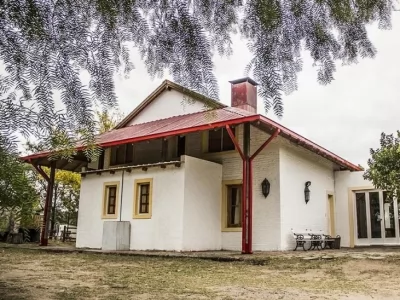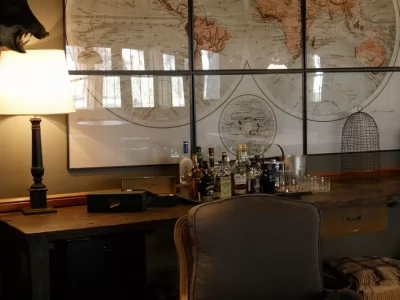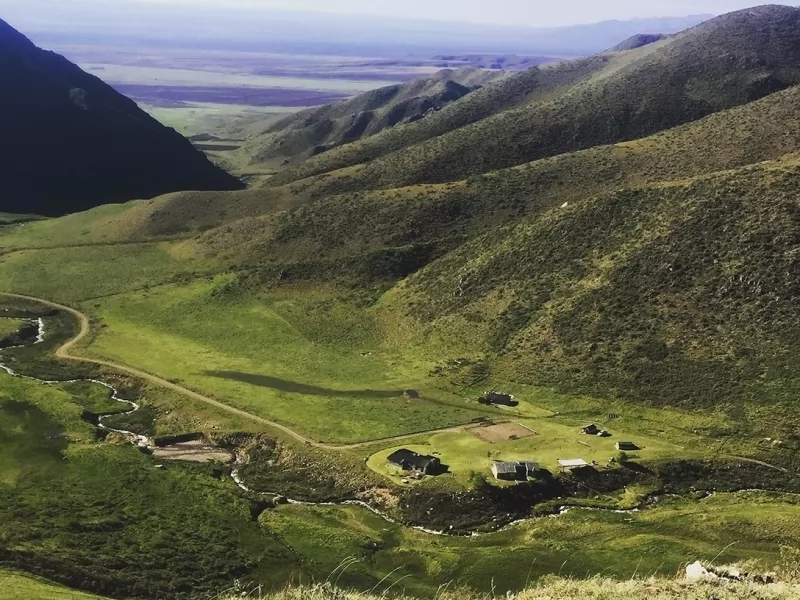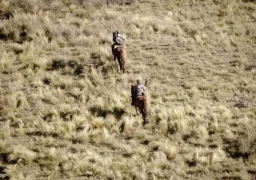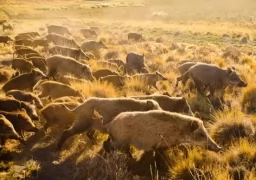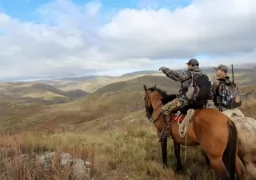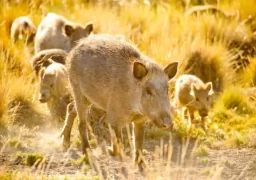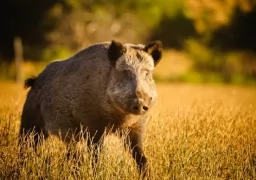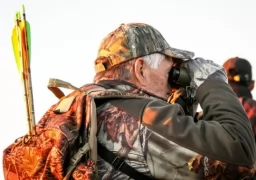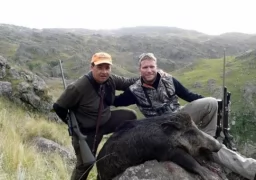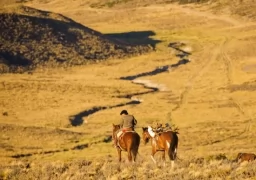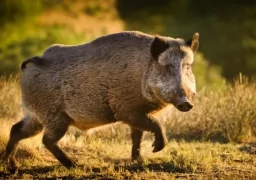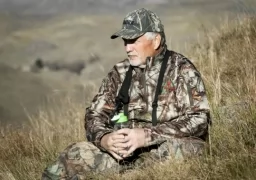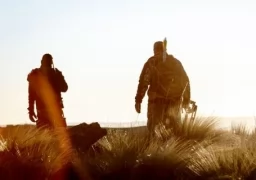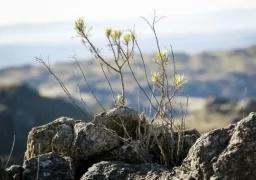INTRODUCTION
Common Names: Wild Boar, Wild Hog, Feral Pig, Feral Hog, Old World Swine Razorback or Russian Wild Boar
Of all members of the pig family, Sus Scrofa (by its scientific name) occupies the largest range. They originally occurred in Europe, Asia, North Africa and the Malay Archipelago. They were introduced later throughout the world as domesticated animals. Currently, Sus Scrofa can be found nearly everywhere, from homes to barns to boggy marshes and mountain terrain.
The ancestor of the domestic pig, the wild boar has a heavy body covered with dense, bristly hair, short legs and a long snout. The male has prominent tusks derived from the canine teeth. Wild boars live alone or in small groups of up to 20, with male separate from, but remaining close to, the females. They are active at night, and in the morning, they forage over a large area for food, digging for roots and bulbs and also eating nuts and a variety of other plant as well as insect larvae, and on occasion, carrion.
The Hunting
An agile, fast moving animal, the wild boar is aggressive if alarmed; males use their strong tusks for defense. The breeding season varies according to regional climate, and a typical litter may consist of 10 striped young, after a gestation of about 115 days. The weight of an adult wild boar can range from 110 to 770 pounds.
Wild boar is primarily active in the evenings due to the fact that they are for the most part nocturnal; morning hunts are not predictable, but can be productive at times. In this part of northern Patagonia, wild apple tees and wild betties are very common and are an important food source for boars, therefore we have tree stands and lookout points overlooking these areas in order to spot the animals and either plan stalk based on wind direction, etc. or shoot from the blinds, always bearing in mind that you have to be within 50 yards of your target and in quartering away broadside position in order to secure your shot. Depending on the hunting location, you can expect to be in the field from 2 to 4 hours before dark and half an hour before dawn in order to anticipate the animals moving in and out of the thick brush.

